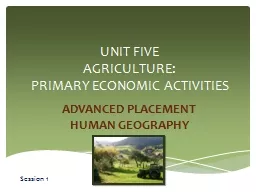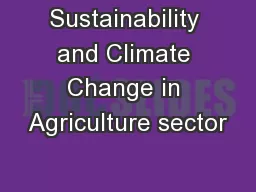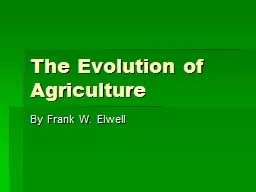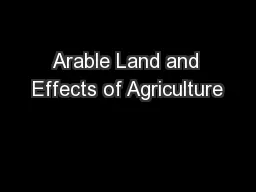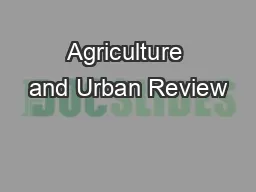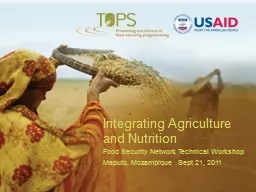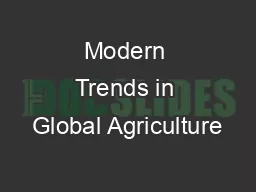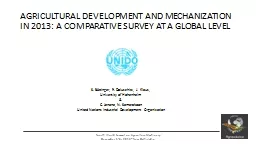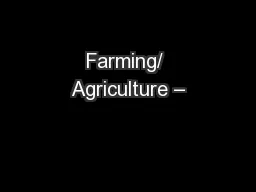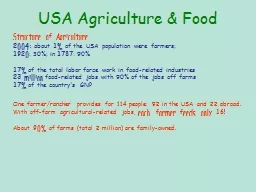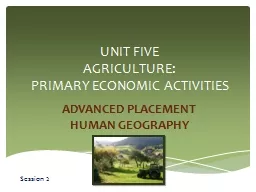PPT-UNIT FIVE AGRICULTURE:
Author : olivia-moreira | Published Date : 2018-11-04
PRIMARY ECONOMIC ACTIVITIES ADVANCED PLACEMENT HUMAN GEOGRAPHY Session 1 Advanced Placement Human Geography Review Sessions Unit Five By Geri Flanary To accompany
Presentation Embed Code
Download Presentation
Download Presentation The PPT/PDF document "UNIT FIVE AGRICULTURE:" is the property of its rightful owner. Permission is granted to download and print the materials on this website for personal, non-commercial use only, and to display it on your personal computer provided you do not modify the materials and that you retain all copyright notices contained in the materials. By downloading content from our website, you accept the terms of this agreement.
UNIT FIVE AGRICULTURE:: Transcript
PRIMARY ECONOMIC ACTIVITIES ADVANCED PLACEMENT HUMAN GEOGRAPHY Session 1 Advanced Placement Human Geography Review Sessions Unit Five By Geri Flanary To accompany AP Human Geography . . Internationally disseminated and trans-lated into almost 50 languages, the Five Keys to Safer Food are used as the basis for education programmes all over the world and by both public and private se Ms. . Divya. Mohan. Associate Fellow. Earth . Sceince. and Climate Change Division. The Energy and Resources Institute (TERI). Agriculture and Climate Change. Agriculture contributes to climate change through GHG emissions. By Frank W. Elwell. Note:. This presentation is based on the theory of Ester Boserup as presented in . The Conditions of Agricultural Growth.. A summary of this and other macro-social theories can be found in . & Challenges . in Nepal. Sushil. . Rijal. . Executive Board Member and Chairman of . Agriculture Committee. Chamber of Industries, Morang . Major Agro Product of Nepal. Paddy. Maize. Wheat. Green Tea . By: Sam Bateman and Trent Topping. Arable Land . Land that is suitable for agricultural production. Examples of unsuitable land are forests, mountains, and inland water bodies. . Arable land includes many farms or fields. Production of agricultural products destined primarily for direct consumption by the producer rather than for market is called. Plantation farming. Hunting and gathering. Subsistence agriculture. Sedentary cultivation. Food Security Network Technical Workshop. Maputo, Mozambique Sept 21, 2011. . . . . . . . Health. Nutrition. Agriculture. Income. Employment. Food security. Write this somewhere on your sheet. Socioeconomic—. Social or economic factors that affect the lives of average, working people in a country. (I think this gave a lot of you trouble on your FRQ’s). December 5-6, 2013 ~ New Delhi, India. Agricultural Development and Mechanization in 2013: A Comparative Survey at a Global Level. S. Böttinger, R. Doluschitz, J. Klaus,. University of Hohenheim. &. Kristen Rivers. One of the choices, was Farming. Farming is also known as Agriculture.. Needed Degree for this job. You MUST be a high school graduate, or have completed a GED class or test.. Needed College degree. Structure of Agriculture. Since 2004: . less than . 1%. of the USA population were farmers; . 1920. : 30%; in . 1787. : 90. %. 17%. of the total labor force work in food-related industries. 23 million. the role of research. Purdue University visiting ILVO. 13/05/2016. Veerle Van linden. Sustainable agriculture. the role of research. Arkansas . University visiting ILVO. 18/05/2016. Veerle Van linden. PRIMARY ECONOMIC ACTIVITIES. ADVANCED PLACEMENT HUMAN GEOGRAPHY. Session 2. MAJOR AGRICULTURAL PRODUCTION REGIONS. Agricultural practices . vary widely across the globe.. The most basic distinctions in agricultural products are made between . THE MAIN TYPES OF AGRICULTURE IN INDIA. SHIFTING AGRICULTURE / SLASH & BURN / JHUMMING. SUBSISTENCE AGRICULTURE. EXTENSIVE AGRICULTURE. INTENSIVE AGRICULTURE. PLANTATION AGRICULTURE. MIXED FARMING.
Download Document
Here is the link to download the presentation.
"UNIT FIVE AGRICULTURE:"The content belongs to its owner. You may download and print it for personal use, without modification, and keep all copyright notices. By downloading, you agree to these terms.
Related Documents

